Maria Grazia Chiuri MMXX: the Roman vision at the heart of Dior
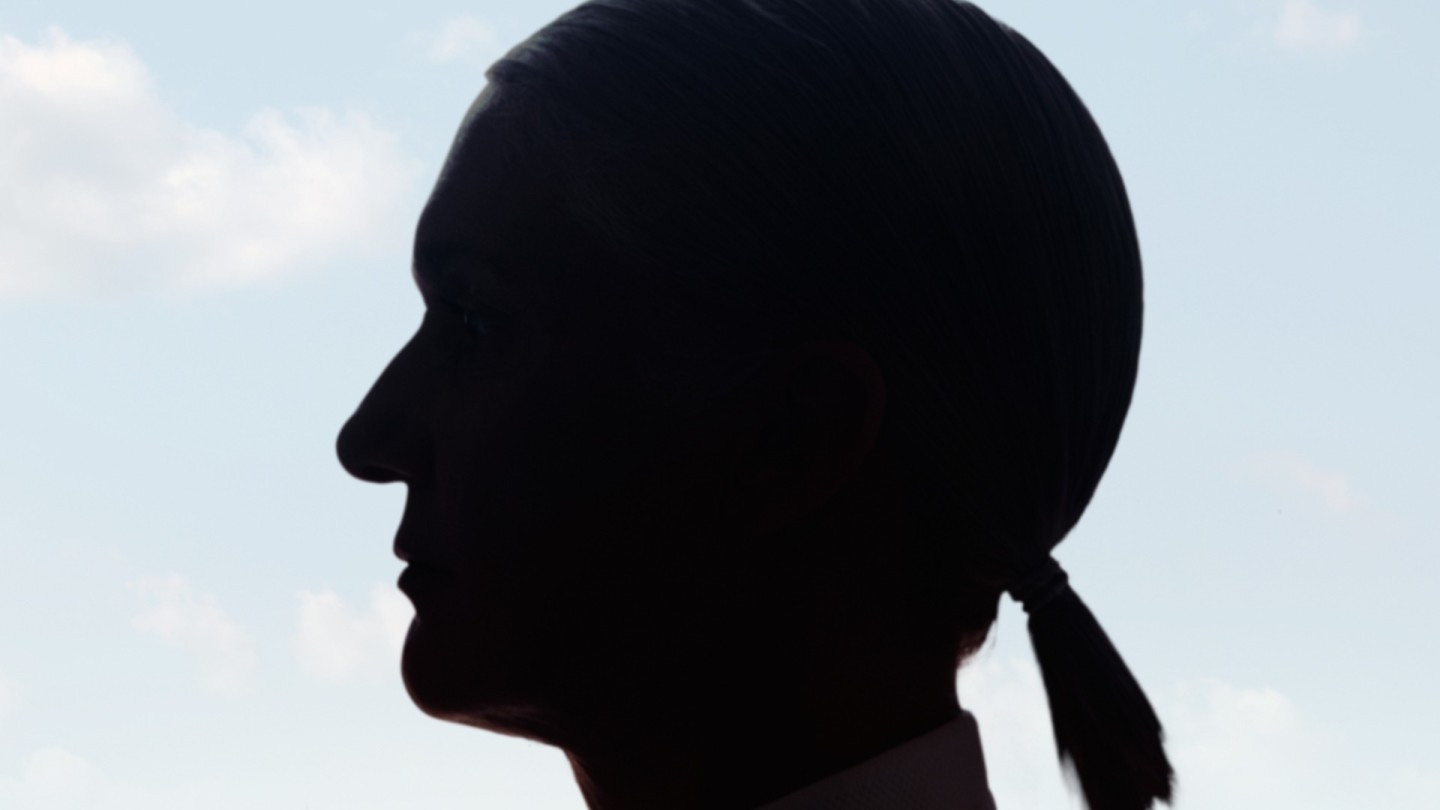
Simply sign up to the Fashion myFT Digest -- delivered directly to your inbox.
From the terrace of Maria Grazia Chiuri’s penthouse in the centre of Rome, the view southwest is an object lesson in the power of time to make the magnificent prosaic. On the left is the Theatre of Marcellus; inaugurated by Augustus in 12BC, it passed from use as a quarry to abandonment to, 1,500 years later, the seat of the noble Orsini family, whose Renaissance residences were built directly into it. To the right rises the vault of Rome’s Great Synagogue, soaring alabaster in the sun above the site of one of the oldest Jewish ghettos in the world. And those smudges of deep green, just visible beyond them both: the lush Isola Tiberina, in the middle of the Tiber River, whose history stretches back into pre‑Roman lore – and which these days, in summer, is conscripted for use as an outdoor cinema.
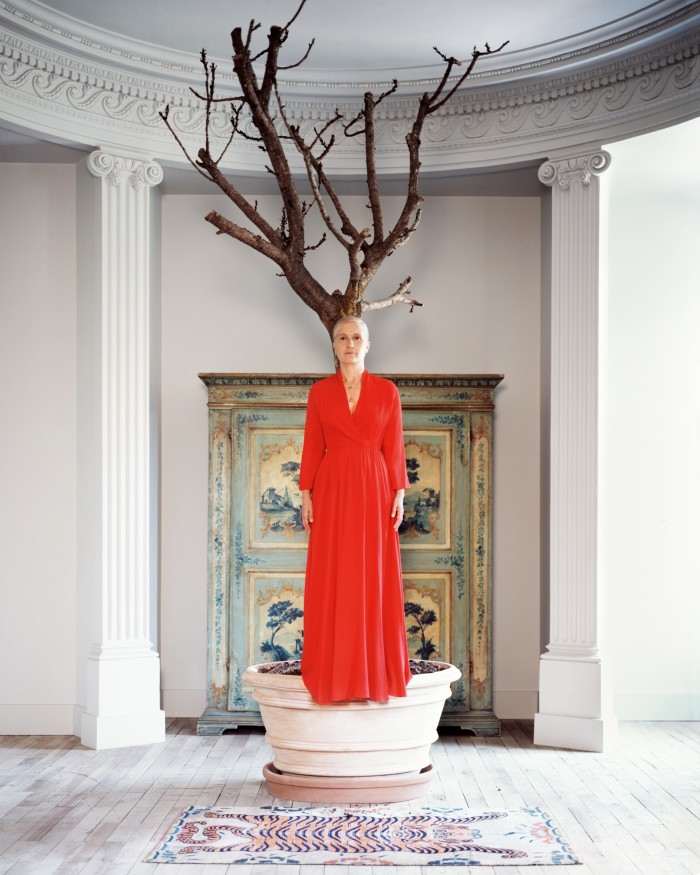
Standing atop Chiuri’s small, elegant, 15th-century apartment building, you get it: this city has been here a long, long time. A palimpsest of splendours, timeless and immutable, yet so living – and lived with – that it all feels somehow, improbably… “Normal.” Chiuri pronounces the word with the barest elevation of one shoulder – a very Roman shrug. It is a shimmeringly hot morning in July, and we are midway through a breakfast of fresh cornetti, slivers of ripe melon and bowls of wild strawberries. Beyond the shaded trellis and cool tiles of her wide terrace, the sun sluices off domes and brightens the walls of the interior courtyard to which her palazzetto is attached. Bells in the nearby Piazza di Campitelli sound once, twice; the rumble of traffic from down on the Via di Teatro Marcello is just audible. She smiles. “In Rome, we look around and see all this history, everything we have, and it is all just a little bit… normal.”
The creative director at Dior since 2016, Chiuri is these days a resident of Paris, and a celebrated one at that. The first woman to be appointed to lead the house, she was inducted into the Légion d’Honneur in 2019, her award presented by France’s minister of gender equality for Chiuri’s work in putting feminism at the fore of Dior’s design. But she is Roman through and through: by birth, by disposition, and – with stellar tenures at two quintessentially Roman fashion houses totalling nearly 30 years – at least partly by profession. After graduating from the city’s Istituto Europeo di Design in the ’80s, she joined Fendi in the accessories department, where among other contributions she helped to launch the Baguette – small, sleek, prolifically iterated, it was named the first It bag – before decamping with long-time collaborator Pierpaolo Piccioli for Valentino, where she worked for 17 years. Valentino Garavani himself recruited the duo. She spent the past eight years as co-creative director with Piccioli, who stayed on as sole creative director when she was brought in to Dior.
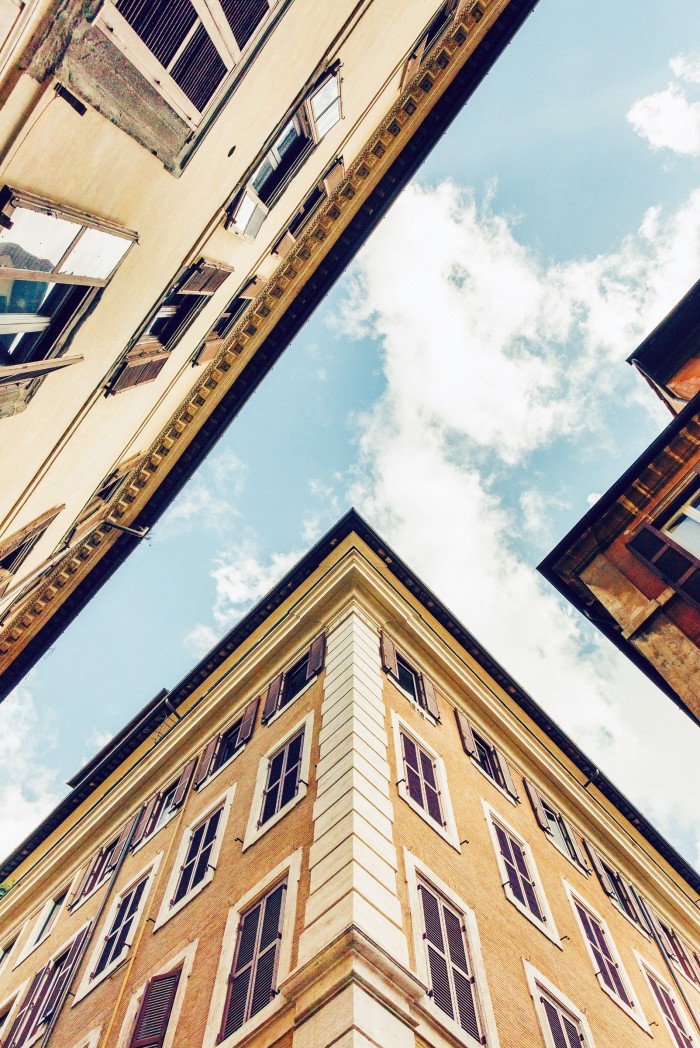
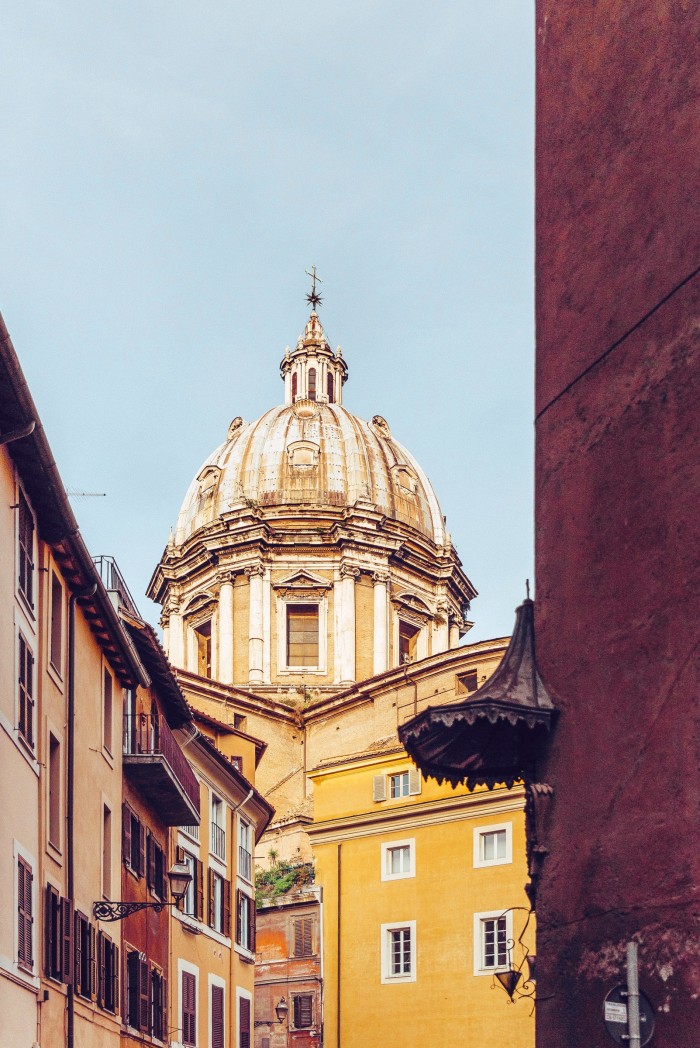
Chiuri has spoken often and thoughtfully about the effect, both on her world view and her work, of having grown up surrounded by 20-odd centuries’ worth of artistic and architectural heritage. In Rome, she once noted, a Renaissance door might be set in a medieval wall, with pre-Christian mosaics on the floor. “Look at the Teatro Marcello.” She gestures across the terrace. “I love it here because the people who live here have been around for generations. The furniture restorers, the restaurants; most of them have been in Rome, and this part of Rome, for a long, long time. Rome is history layered over and over.”
Being an international commuter (usually she spends the week in Paris, returning to Rome and her husband, Paolo Regini, and their children Niccolò and Rachele most weekends) has altered Chiuri’s relationship to her city. And recent months have only deepened her attachment. “Now I often feel totally on holiday when I am in Rome. It’s strange, but that’s very much the mood,” she says. The apartment itself, which Chiuri enlisted India Mahdavi to help design, reflects her contentment. Like the city surrounding it, it is a narrative of layers – a not-too-studied mix of the old and new, authentically and happily inhabited. Perhaps unexpectedly, for a woman given to appearing in public almost exclusively in armour-like ensembles of sombre, structured navy or black, the house contains profusions of colour in the form of important, provocative artworks by the likes of fellow Roman Pietro Ruffo (a sometime creative collaborator, whose talents Chiuri has enlisted for both set design and a recent capsule collection titled Around The World), and in furniture clad in silks and velvets in vivid shades of burnt orange and lime. The floors throughout are natural walnut, waxed rather than polished, chic but not patrician. There are tall potted ficus plants in the sitting room, where multihued throw rugs are scattered across the floor; and books and bibelots fill the floor-to-ceiling shelves of a wall off the entrance hall. In the vast kitchen, sun spills down from skylights onto a central island hewn – benchtop, fitted cupboard doors and all – from delicate veined Carrara marble. Chiuri herself pads about, shoeless and make-up-free, making sure I have enough coffee and occasionally conferring affectionately with 23-year-old Rachele, who drifts out every so often to sit on the terrace stoop.
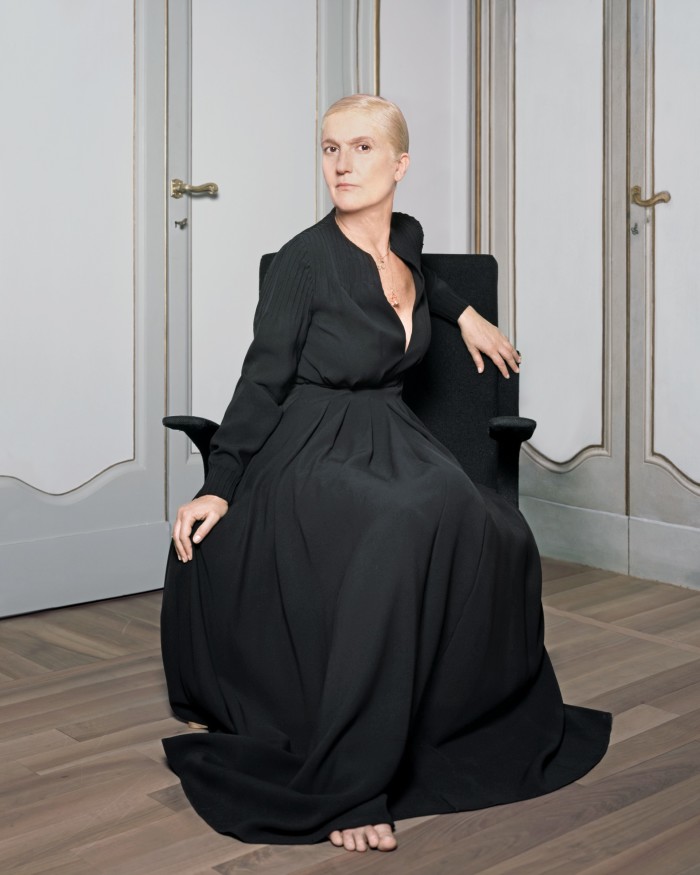
“The thing about being in Rome is that I have a very simple style of life here,” Chiuri tells me. “I’ll take my breakfast and go sit in a little square close by. We go for long walks. I go to the cinema in Piazza Campo and to the farmers’ market near the Circus Maximus.” Art is central to her life in both cities but especially woven into existence here. She’s full of praise and affection for GNAM, the Galleria Nazionale d’Arte Moderna: “It’s a place of my heart – I’ve spent so much time there. The former director was an unbelievable woman, Palma Bucarelli. She joined during fascism, a time when they didn’t understand contemporary art; she was so brave. And now it’s an incredible collection. Cristiana Collu, who is the current director, recently acquired the entire archive of Carla Lonzi” – the 20th-century writer-activist-art critic who inspired Dior’s autumn/winter 2020 ready-to-wear collection – “which is so important, because now it’s accessible to us all.”
Chiuri also loves the tiny, obscure Il Museo del Louvre, a bricks-and-mortar paean to imagery of the early and mid-20th century, replete with photographic archives of Rome. At the city’s favourite salumeria, Roscioli, she’s a regular, having known the now-famous Roscioli brothers, Alessandro and Pierluigi, and their sister, Maria Elena (“I watched her grow up”), for years. “We also go to Pierluigi a lot,” she says, citing one of the city’s social nexuses, all white-linen elegance and unassailable seafood on the picturesque Piazza de’ Ricci. “If it’s good weather I call Lorenzo [Lisi, the restaurant’s owner], and we have a nice dinner sitting outside.”
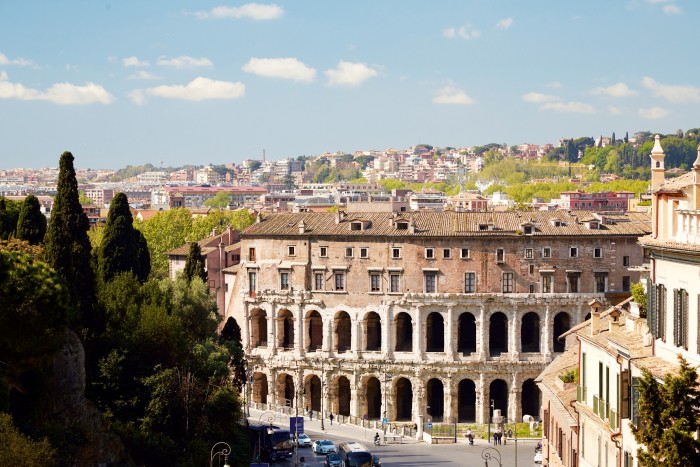
Equally, she’s partial to the small shops and mom-and-pop restaurants in Monti, Rome’s answer to Shoreditch. “And I love Monteverde too,” she says of the leafy residential neighbourhood just behind Trastevere. “It’s still Rome, it’s 10 or 15 minutes’ walk from here, but it has all the elements of a real place. I lived there for a long time; it’s another place of my heart, and now my son has an apartment there. And it’s got the Villa Pamphili” – the sprawling public park and gardens that extends south and west of the Janiculum Hill – “right there, which is fantastic. All the runners meet there Saturday and Sunday mornings, the people with dogs go there. I know the Villa Borghese is beautiful, but the Villa Pamphili is a real park.”
Perhaps inevitably, Chiuri’s tenure in France – as custodian of a brand considered a national treasure in a country that is predisposed to institutionalising its own excellence – has lent fresh nuance to how she sees her métier at home. “In France there’s a huge attention to culture, a recognition that is quite formal,” she notes, “and fashion is seen in the same way. It’s as important to them as their museums. In Rome, we sometimes forget a little bit that what we have merits the same attention. Like we live with this” – she lifts her hand again toward the view – “almost as if nothing will ever change, because of course it has been here for 2,000 years so perhaps we are inclined to think it will be here for the next generations too, without us having to do anything to maintain it. We don’t really protect, or even always respect, it the way the French do [their patrimony].”
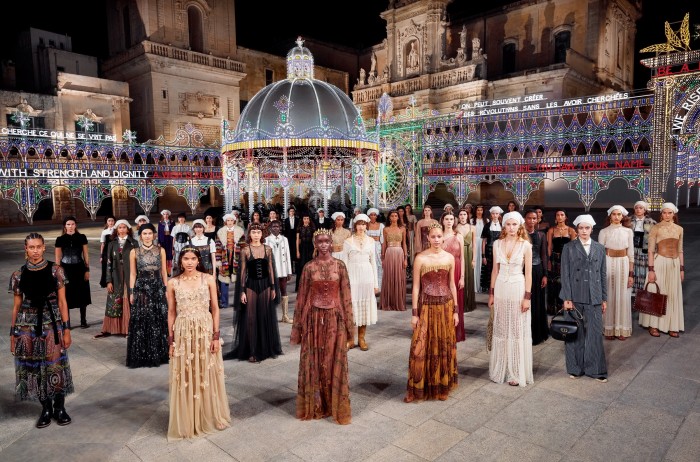
Like feminism, artisanship – both the rigour of its traditions and the beauty of the material result – has emerged as something of an agenda for Chiuri. It is one that her commercial counterparts at Dior support fully, given how sales, particularly of ready-to-wear, have grown steadily year on year since she came on board (they were up by 15 per cent in 2019). “Her insatiable curiosity and passion for world cultures give rise to unique collections that have meaning, and offer naturally and instinctively desirable products across all merchandising categories,” says Dior chairman and CEO Pietro Beccari. “She’s proud of her Italian origins, and she explores her own identity through strong storytelling.”
“To me, it’s a missed opportunity for us [Italians],” Chiuri says. “In France, as in Japan, hand-craftsmanship is a high art. In Italy, the idea of working with your hands has for a long time been kind of a second-rate option” – a shame, she says, because “we have such enormous artistic, and artisanal, capacity in Italy.” It’s thus not entirely surprising that last July saw her 2021 resort collection presented not in Paris but Lecce, the baroque city in Puglia, the tip of the heel of Italy’s boot. Covid-19 meant that the usual phalanx of VIPs and editors was absent; but in the shadow of the city’s 17th-century duomo, amid extravagant displays of luminarie (the traditional festival light designs of Puglia) and performances by folk dancers and musicians, Chiuri showed some 90 designs that were the fruit of months of collaboration with a small group of local artisans.
“It was a big opportunity for me, to have Dior support this wish,” she says. “The house’s first show in Italy. The question was, where?” Lecce wasn’t entirely out of left field: Chiuri’s father is from Tricase, a town in Puglia’s Salento region; she herself has a house there. “It made sense for me, not just to create within a framework of reference I knew, but also to support an Italian city that in my view is magnificent but much less well-known.” The logistics were daunting, and the show’s original date of 9 May was aborted when it became clear lockdown wouldn’t be lifted in time for it to cohere. But Chiuri’s commitment to the Puglian makers she originally enlisted in the spring of 2019 – in particular, a women’s foundation called Costantine, whose artisans specialise in local looming traditions – was steadfast.
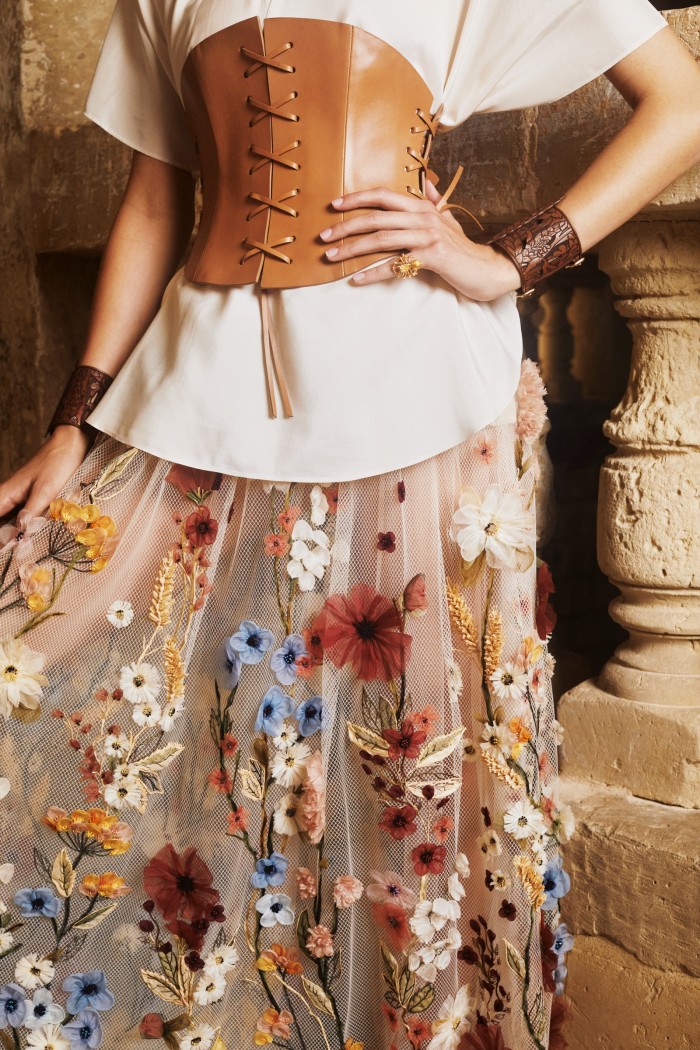
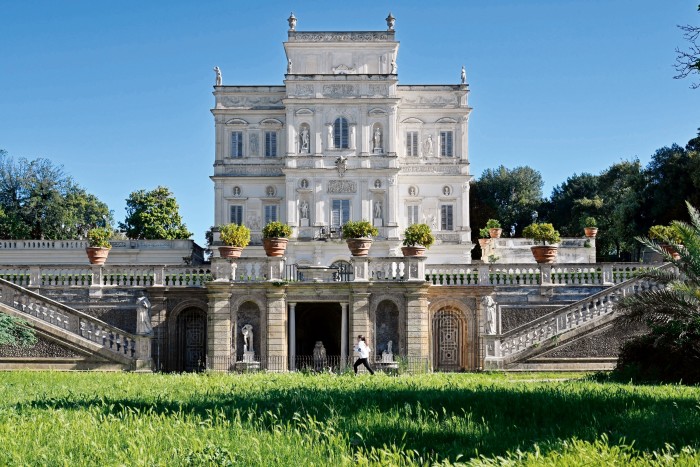
“These women had had no experience of the industry, the culture of fashion. I literally had to explain to them what fashion is: what I do, who I work for. But I also told them how happy I was to be working with them. What was important for me in this collection was for there to be a dialogue with this community. In fashion, everyone talks about inclusion, but the only way to really be inclusive is to have these exchanges… [We] have these traditions but if no one looks at them with a different sort of attention, they cannot be leveraged. With Dior, which is so huge, we can give a lot to these communities; we can help create a different future way of working. I come and show you my point of view; you have your skill [to contribute]. It’s an exchange.”

Sign up for our newsletter and get the best of the magazine straight into your inbox.
Are there other ways Chiuri’s Romanism has influenced the Dior paradigm? “There’s this idea in France of what a creative person is, full of thoughts and ideas…” She waves her hands about briefly, in parody of mercurial creative genius. “To me, it’s quite stereotypical, a real type.” In Rome, she says, creatives are also progettisti – they know exactly how stuff gets made. “The Italian approach is: ‘I have this idea, and I will execute it in this way because I have thought it out.’ We’re more pragmatic; how you’re going to actually do it is also part of the creative process.”
Does she chalk this up to having been exposed to the atelier – in her case, her mother’s – from a formative age? “It came from everybody [in Italy]. I talk all the time about the Fendis, about Valentino. It was very aspirational, a real education. You can have the very best academics, but to have a real mentor, to watch the way someone works, is something else. I used to take the train to Florence with Anna Fendi, to visit the leather producers, the textiles factories. I actually had an office in the factory at Fendi; for me, it was easy to speak to the foreman. In Italy, the idea of the company is very strong.”
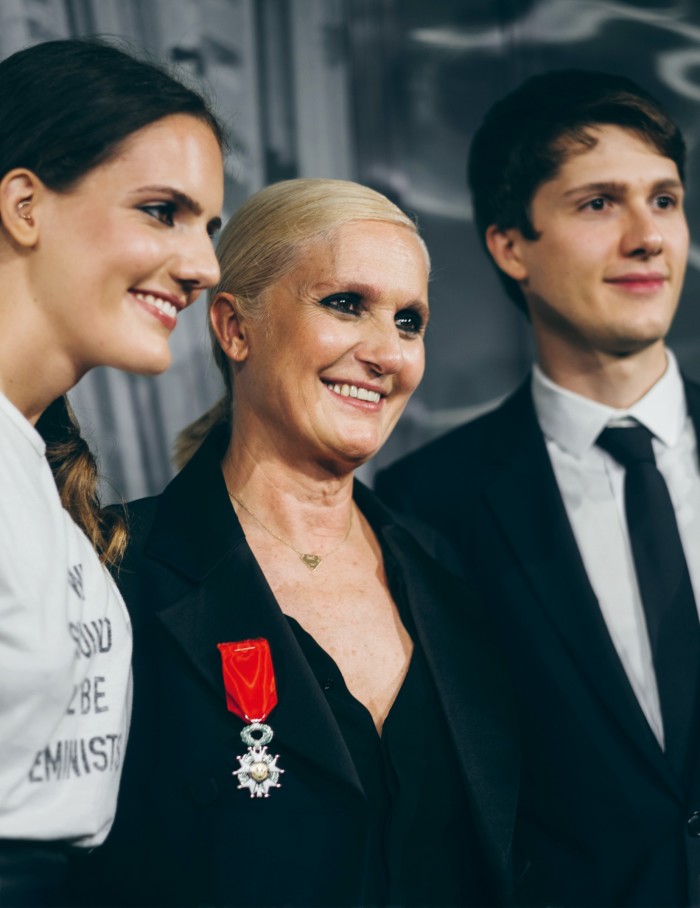
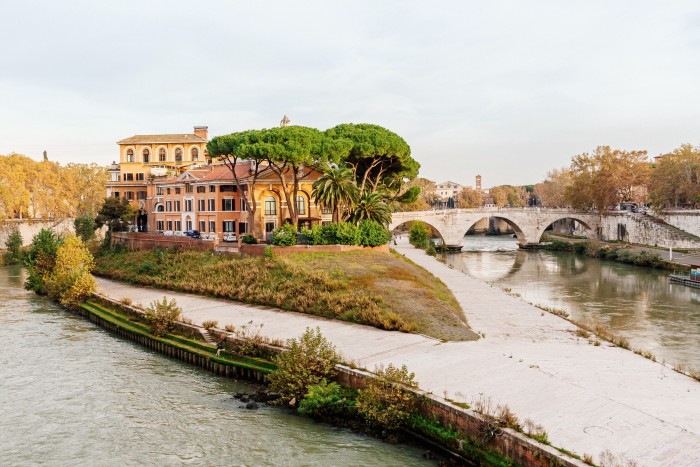
This, she says, is the ethos she has brought to Dior. She recalls that when she joined the house it took a full week for her to be introduced to every department; some of them, she says, had never encountered a Dior creative director before. “For them it was a big surprise. I didn’t realise that my approach was quite different to the French one; I only understood it after.”
“Maria Grazia has extraordinary creative energy,” Beccari says. “Her convictions and commitment to inclusiveness and empowerment stimulate us every day.” For her part, Chiuri thinks her way of working might, over time, have encouraged others “to play just a bit more. We have to remain gracious with each other, of course. But I talk to everybody. I answer emails by picking up the phone. I think I have brought a little bit of informality to a very formal environment.” Extraordinary in the ateliers of Paris, perhaps – but Chiuri knows that underneath all pomp and grandeur is just business as usual. Normal, really. As she would surely say.

Comments